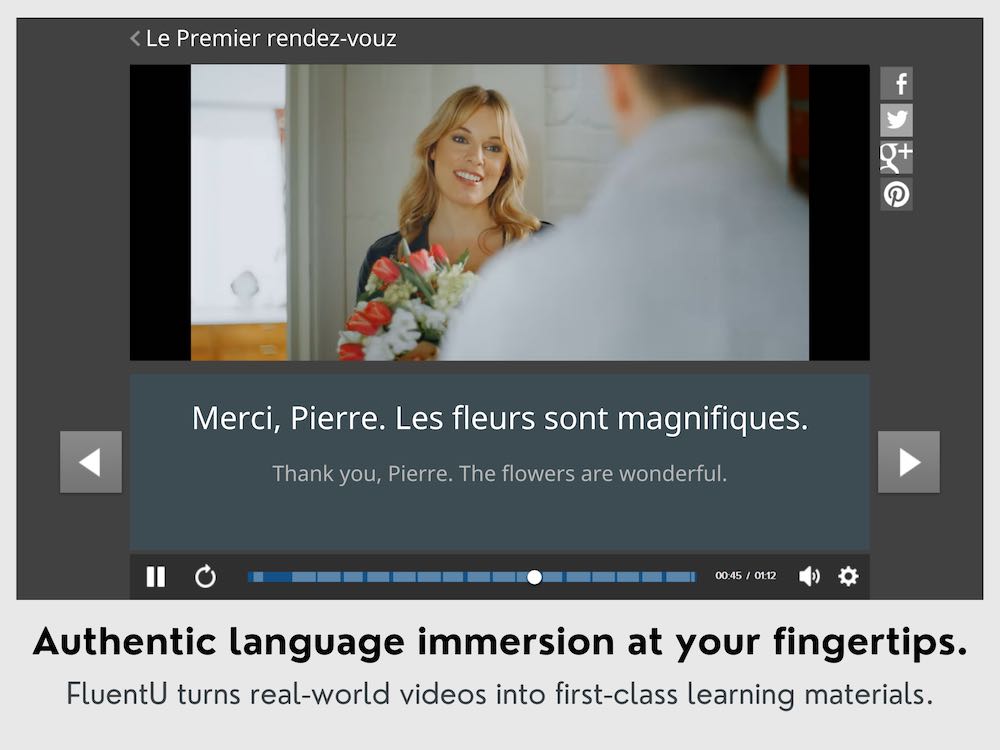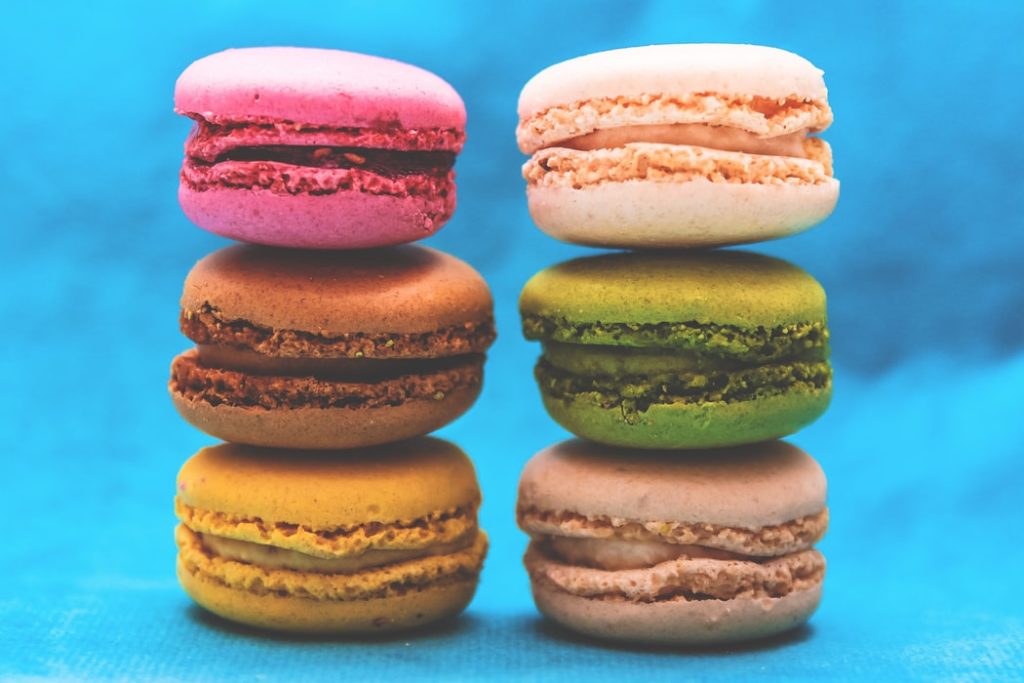
Partitive Articles in French
Eggs, flour, sugar… they may not seem like much on their own, but combined they can make everything from delectable cakes to delicious macarons.
Often in life, it’s the sum of the small parts that count the most… or rather, that lead to something truly delicious.
In French grammar, these are called partitive articles, short French words that allow you to talk about the small parts that make all the difference.
The partitive articles in French are du, de la, de l’ and des, and you’ve likely already encountered them, as they are used regularly in the language.
So let’s take a closer look so that you too can speak French without fear of ruining dessert!
Contents
Download: This blog post is available as a convenient and portable PDF that you can take anywhere. Click here to get a copy. (Download)
What Are Partitive Articles Used for in French?
There are many different kinds of articles in French, each with a specific function. Partitive articles are used before nouns (and corresponding adjectives) and roughly translate to the words “some” and “any” in English. Often English speakers omit these words, but in French, they must always be included.
Here are the partitive articles. They change form depending on whether the noun(s) are masculine, feminine, begin with a vowel/ mute “h” or are plural.
Masculine: du (e.g., du café).
Feminine: de la (e.g., de la glace).
Vowel/mute “h”: de l’ (e.g., de l’eau).
Plural: des (e.g., des carottes).
Uncountable concrete nouns
When we’re talking about a physical object with no specific quantity, we need to insert a partitive article. This shouldn’t be too much trouble for English speakers as “some” or “any” is the equivalent way to express this.
For example: “Il faut que j’achète des pommes.” (I need to buy some apples.)
Or: “Tu as du lait?” (Do you have any milk?)
Uncountable abstract nouns
This is where English speakers need to remain open-minded. It’s not to say that partitive articles are never used before these nouns in English, but it’s far more common (and necessary) in French.
For example: “J’ai de la patience.” (I have patience.)
You probably noticed here (clever you) that the English translation doesn’t include an article. It doesn’t care how much patience I have, whether it’s a little or a lot! Yet French does, so we need to use it.
Unsure of When to Use Partitive Articles in French? Try These Quick Tests
Does this work in English?
Generally speaking, if we can insert “some” or “any” before the French words we want to use, it’s a green light to use a partitive article.
As previously mentioned, English speakers often omit these from their speech, and so it doesn’t always come naturally when speaking French.
If we want to go even further, there’s always the option of training ourselves to include them as much as possible when speaking English, so that it becomes an instinctual habit when switching languages.
Does it sound clumsy?
Since we’ve been having so much fun with quantities, I think it’s time to explain what happens to the partitive article in French when using an expression of quantity.
An expression of quantity is usually expressed as an amount of a particular noun. For example: a kilo of oranges, a liter of water, or even something more abstract such as a lot of happiness.
In this circumstance, French partitive articles always change to de.
Yes, it’s really that simple!
So now you know that whenever you “avez besoin d’acheter des pommes” (need to buy apples), but then realize you need exactly a kilo, you’ll know to say, “un kilo de pommes” (a kilo of apples).
The reason I call this the “clumsy” test is that if we use partitive articles in such circumstances, instinctually something jars. We might not be able to put our finger on it, but it won’t feel quite right.
It’s like saying, “I want a kilo of some apples” instead of “I want a kilo of apples,” which is a straightforward and better form.
How much of something do I need?
This simple test works well for concrete nouns. If you’re certain of how much of something you need and have a quantity you wish to express then, you don’t need to use a partitive article. If you feel unsure or enjoy being vague with your French friends, it’s best to use them.
Positive or negative?
As in the previous example of expressions of quantity, partitive articles in French also change to de in the negative.
For example: “J’ai du vin” (I have some wine), becomes:
“Je n’ai pas de vin” (I don’t have any wine).
It’s an easy rule to remember and comes in handy when you can’t remember the gender of a noun. So put on your best French accent and use the negative with confidence. In this instance, you can’t go wrong!
FluentU takes authentic videos—like music videos, movie trailers, news and inspiring talks—and turns them into personalized language learning lessons.
You can try FluentU for free for 2 weeks. Check out the website or download the iOS app or Android app.
P.S. Click here to take advantage of our current sale! (Expires at the end of this month.)
Awesome Tips for Practicing Partitive Articles in French
Practice with online quizzes and exercises
I’m not suggesting you spend hours doing grammar drills and getting cranky in the process.
Yet doing a few exercises to get used to the basic rules can be super beneficial if you’ve never encountered partitive articles before. There are plenty of online quizzes such as this one at Quizizz, which will help test your knowledge of this article.
Watch authentic videos
Partitive articles (whether you love them or hate them by the end of this article!) are part of everyday life in the French-speaking world. Therefore, what better way to practice than watching authentic videos made by and for native speakers?
You can try watching your favorite French movies, TV shows and news broadcasts and play the very “in” game of “Spot the Partitive Article” (Ok, maybe it’s just me playing?) where you note down the times the articles are used in the video and even tricky nouns that you didn’t know needed them.
Play a counting game
As partitive articles are all about quantity, buying a pack of flashcards of objects in various amounts is a great way to practice them on the go! Put them in your bag for some inspiration when in line at the grocery store or while waiting for some stubborn paint to dry.
Speaking of games, there are plenty of textbooks that offer something a little more creative when it comes to practicing articles of all kinds. “French Grammar and Practice” is my favorite book for this because of all the fun activities that make it feel like you are playing a puzzle game.
Use a noun generator
Alternatively, you can use a noun generator. As partitive articles have a close relationship with nouns, it makes sense to focus on this grammatical unit in order to sharpen your skills. Generate as many words as you wish, write them down and make sentences using all the different scenarios you’ve encountered in this article.
Sometimes it’s the small things that mean the most. In the case of partitive articles, this is especially true! When you add mastery of the partitive articles in French to your repertoire, you are only that much closer to French fluency!
Download: This blog post is available as a convenient and portable PDF that you can take anywhere. Click here to get a copy. (Download)
And one more thing...
If you like learning French on your own time and from the comfort of your smart device, then I'd be remiss to not tell you about FluentU.
FluentU has a wide variety of great content, like interviews, documentary excerpts and web series, as you can see here:
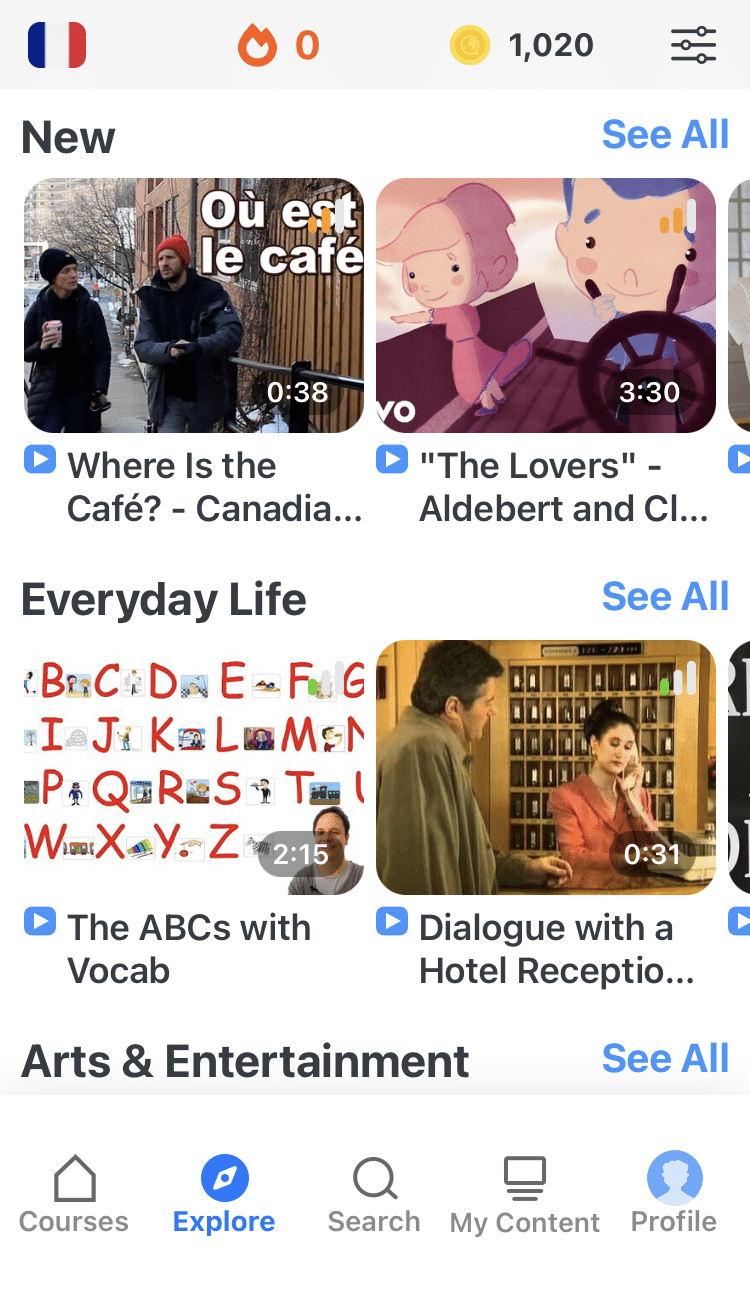
FluentU brings native French videos with reach. With interactive captions, you can tap on any word to see an image, definition and useful examples.
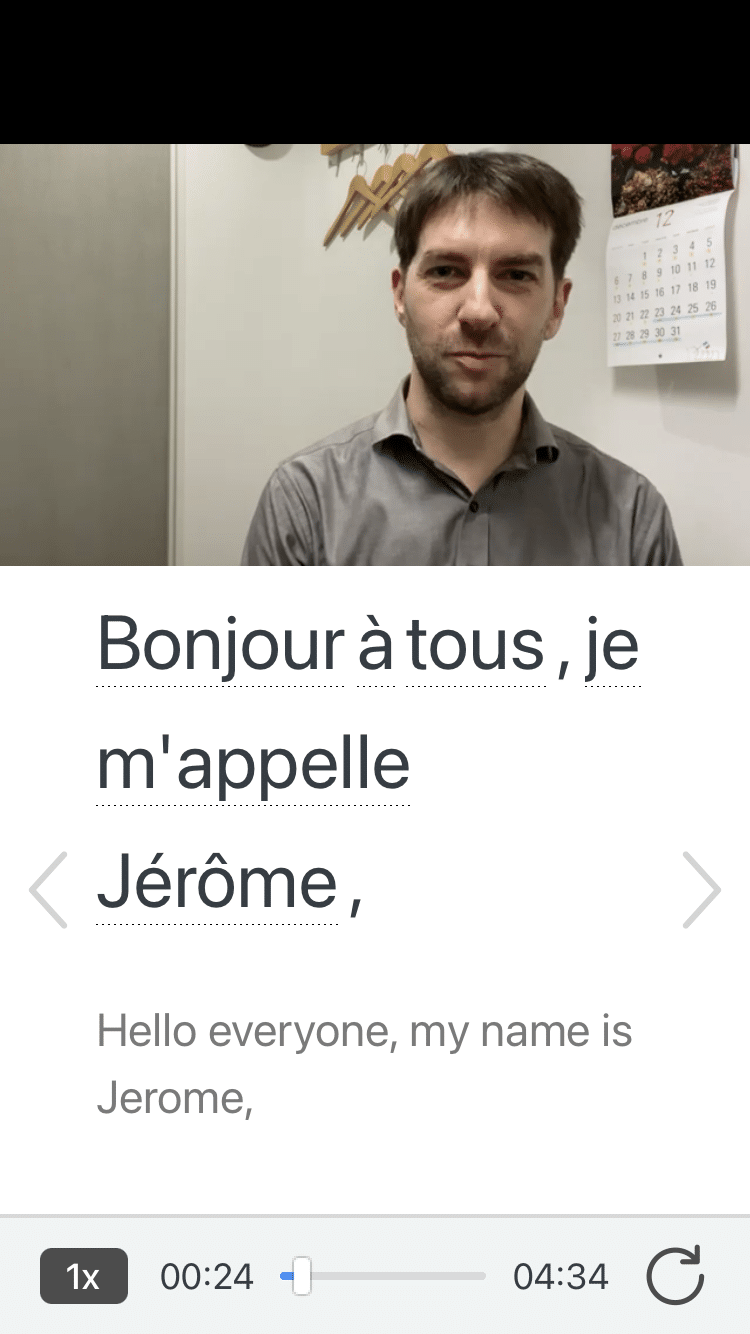
For example, if you tap on the word "crois," you'll see this:
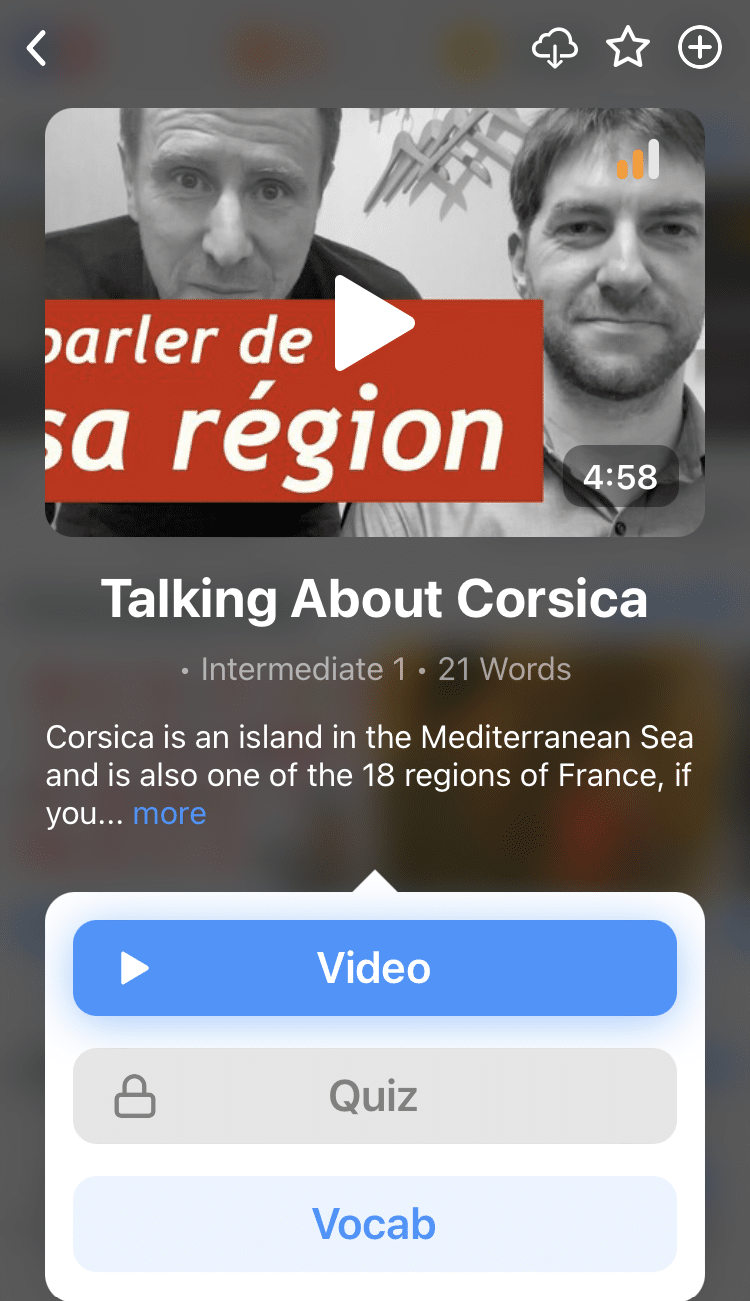
Practice and reinforce all the vocabulary you've learned in a given video with learn mode. Swipe left or right to see more examples for the word you’re learning, and play the mini-games found in our dynamic flashcards, like "fill in the blank."

All throughout, FluentU tracks the vocabulary that you’re learning and uses this information to give you a totally personalized experience. It gives you extra practice with difficult words—and reminds you when it’s time to review what you’ve learned.
Start using the FluentU website on your computer or tablet or, better yet, download the FluentU app from the iTunes or Google Play store. Click here to take advantage of our current sale! (Expires at the end of this month.)
